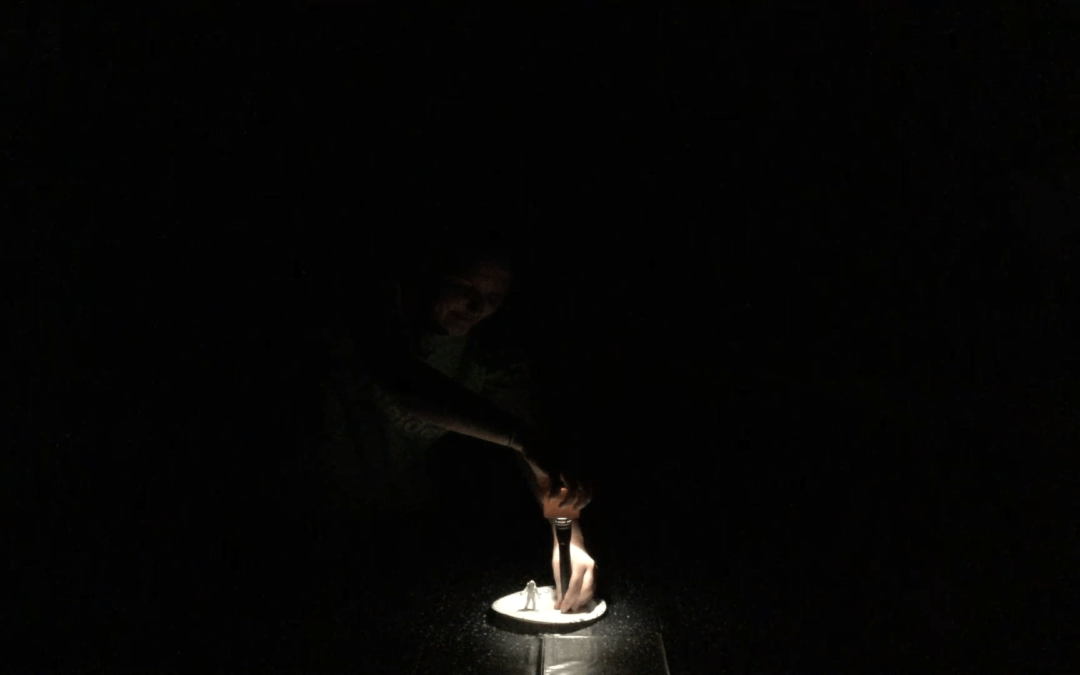In this Kaleideum At Home video, we explain light pollution. Light pollution is excessive, misdirected, or obtrusive artificial (usually outdoor) light. Too much light pollution washes out starlight in the night sky, interferes with astronomical research, disrupts ecosystems, has adverse health effects and wastes energy.
This experiment is especially topical during mid April when we can see the Lyrids Meteor Shower. Every year at this time, Earth passes through debris left behind from Comet C/1861 G1 Thatcher. The Lyrids meteor shower has been observed for more than 2.600 years and got its name from where the meteors appear to radiate: the constellation Lyra, the harp.
In 2020, the best time to see this shower is right before dawn on April 22 after the moon sets. So grab a sleeping bag, lay down in the grass in an area that has little light pollution with your feet pointing east, and look up. You might be lucky to see 10 to 20 meteors per hour, but some people may be lucky enough to see more than 100 per hour.
For some suggestions on where to get the best night sky viewing, check out this WFDD podcast.


Recent Comments